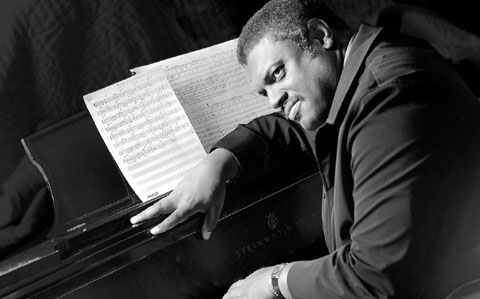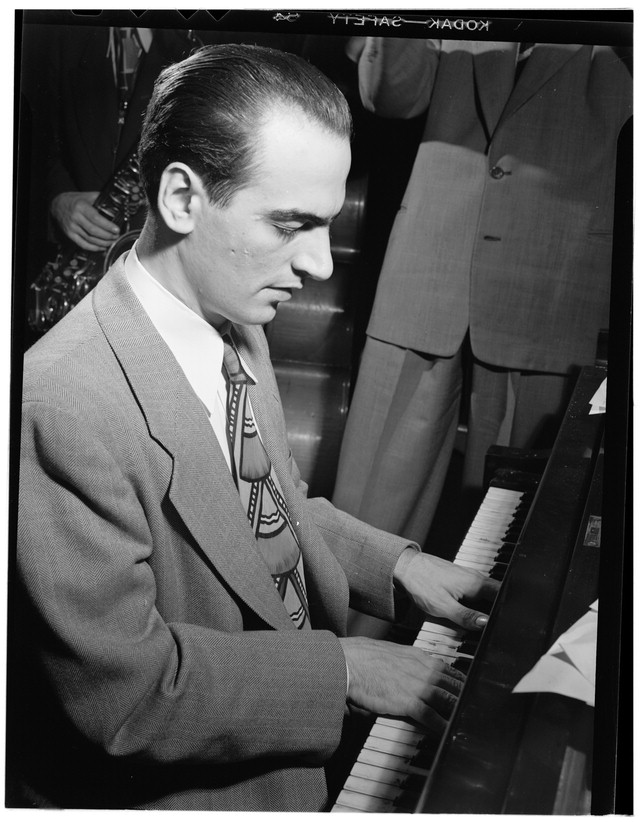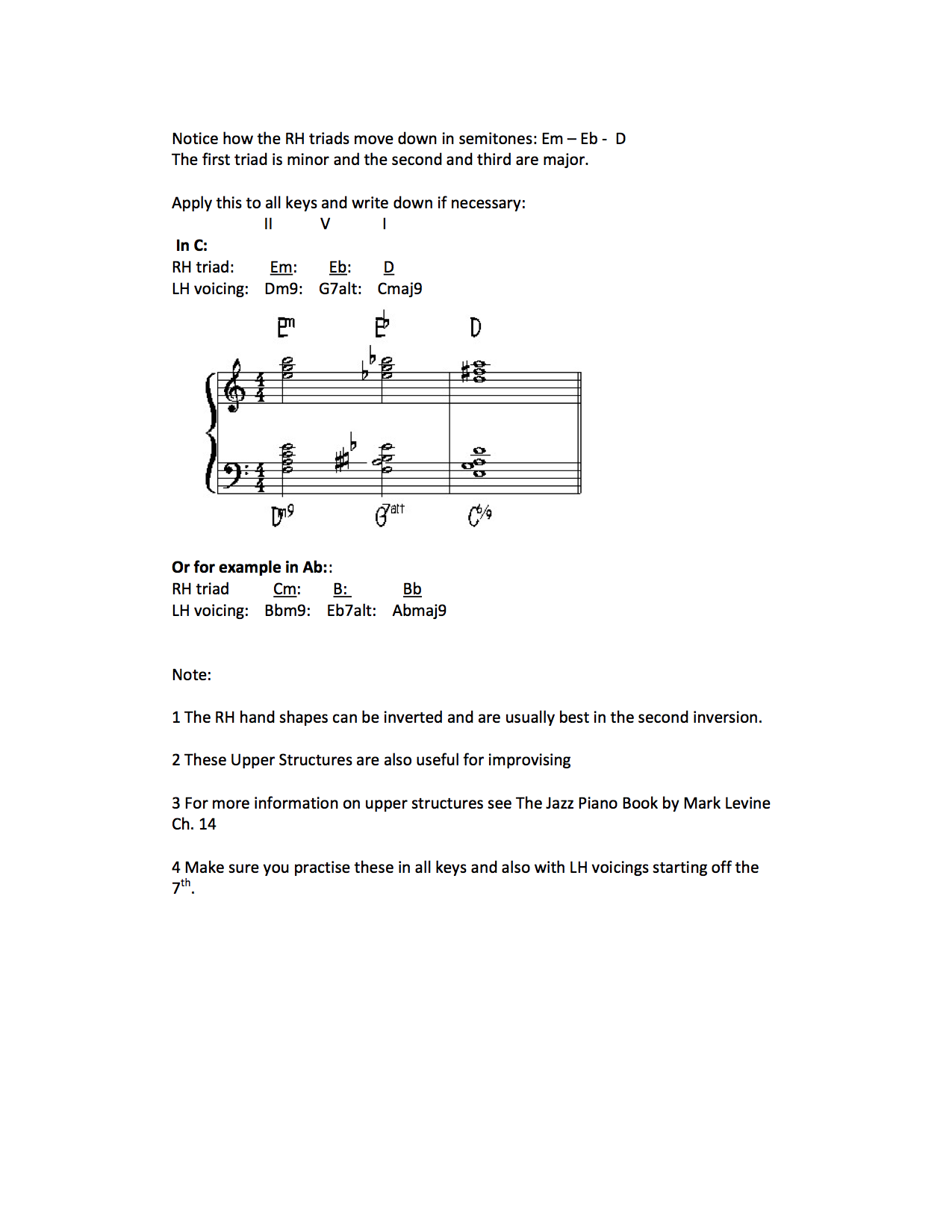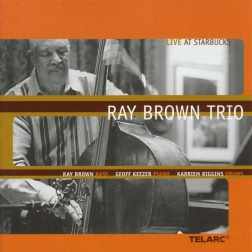Improv Column: Pentatonic Scales by Wayne McConnell

Pentatonic Scales
A Pentatonic Scale is simply any scale with 5 notes in. Pentatonic scales can be very simple sounding, they have an earthy, natural quality but they can also be used in a way that makes them harmonically rich and interesting. Most of you will be familiar with the basic pentatonic scales for major and minor chords:
CMaj6 – CDEGAC
Cmin6 – CDEbGAC
You’ll notice a lack of any semi-tone movements within the scale and because of that, there are no ‘avoid notes’. Because of this, the pentatonic scale is often used as the starting point for teaching people how to improvise. It is a good start but it will fail to sound like you are playing the ‘changes’ until you can apply the pentatonic scales in a more advanced way. The minor pentatonic scale is also associated with the sound of the blues.
Pentatonic Scales on Dominant 7th Chords
Things get a little more interesting when you apply pentatonic scales to dominant chords. Here are the choices for a C7 from most ‘inside (least dissonant), to most ‘outside’ (most dissonant).
C7:
Most Inside: C maj pentatonic: C D E G A (R, 9, 3, 5, 13).
Creating Tension: Gb Pentatonic: Gb Ab Bb Db Eb (#11, b6, 7, b9, #9)
Most Outside: B Pentatonic: B, C#, D# F# G# ( 7, b9, #9, #11, b13)
Here is an example of how you might use the most dissonant version:
If I want to create a pentatonic sound, I often think in this way:
Inside: Pentatonic based on the root of the chord.
Tension: Pentatonic based on the b3 of the chord
Dissonance/outside: based on the b5 or the b7 of the chord.
In the key of C7 this looks like:
Inside: Cmajor pentatonic
Tension: Ebmajor Pentatonic
Dissonant/Outside: Gb Pentatonic or B Pentatonic.
It is going to be very long winded if you think to yourself, ‘ok, I must memorise all of these rules for every key’. Instead, just use them as a guide, try and hear the sounds rather than make them an abstract theory. By all means practise the above in a few familiar keys to get your ears locked in.
In general use these guide points:
- Don’t exclusively use pentatonic scales, they work best in amongst other techniques.
- Start by playing ‘inside’ and as your ideas develop, utilize some of the outside pentatonic scales.
- If you use the outside scales, make sure you have a good balance of resolutions and tension. Unresolved outside playing can just sound ‘wrong’.
- Try using pentatonic sequences
- On long stretches of chord (modal playing), try shifting the pentatonic scales up or down a semitone to create tension and release.
Who To Check Out?
The Pentatonic scale has been part of the jazz language since the beginning. I’m talking about its usage in a modern context though so I recommend you listen to the following players for inspiration:
- Michael Brecker (Sax)
- McCoy Tyner (Piano)
- Chick Corea
- Woody Shaw (Trumpet)
- John Coltrane (Sax)
- Dave Liebman (Sax)
- Allan Holdsworth (Guitar)
- Geoffrey Keezer
- Herbie Hancock (Piano)
- Wayne Shorter (Sax)
- Mulgrew Miller (Piano)
Wayne McConnell



